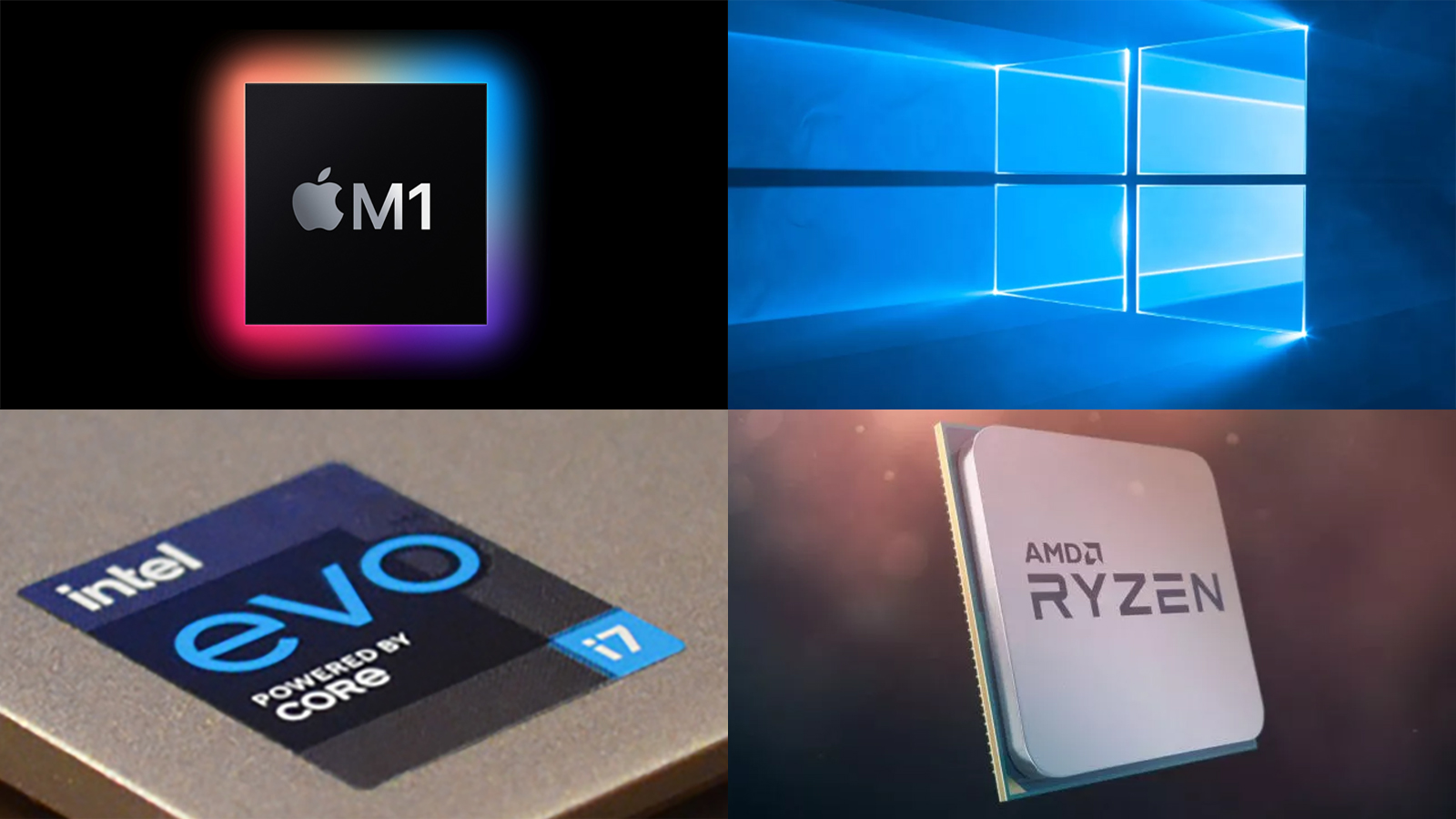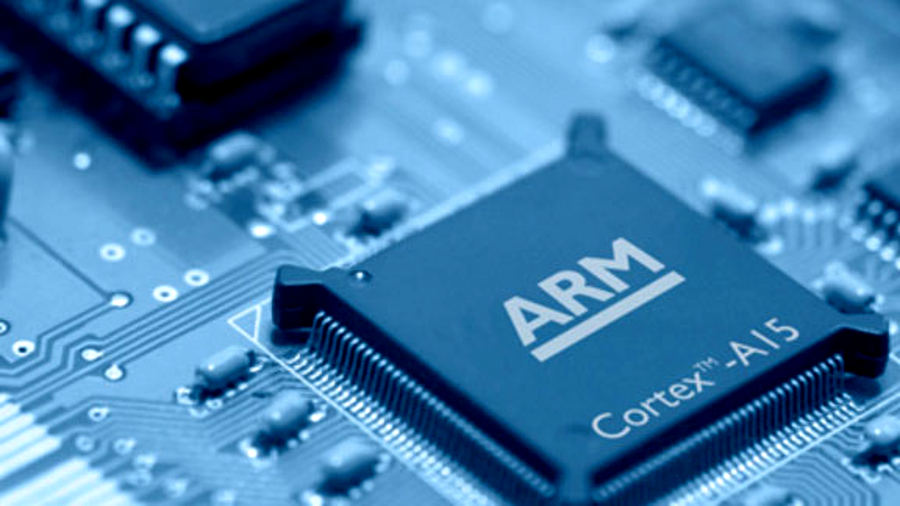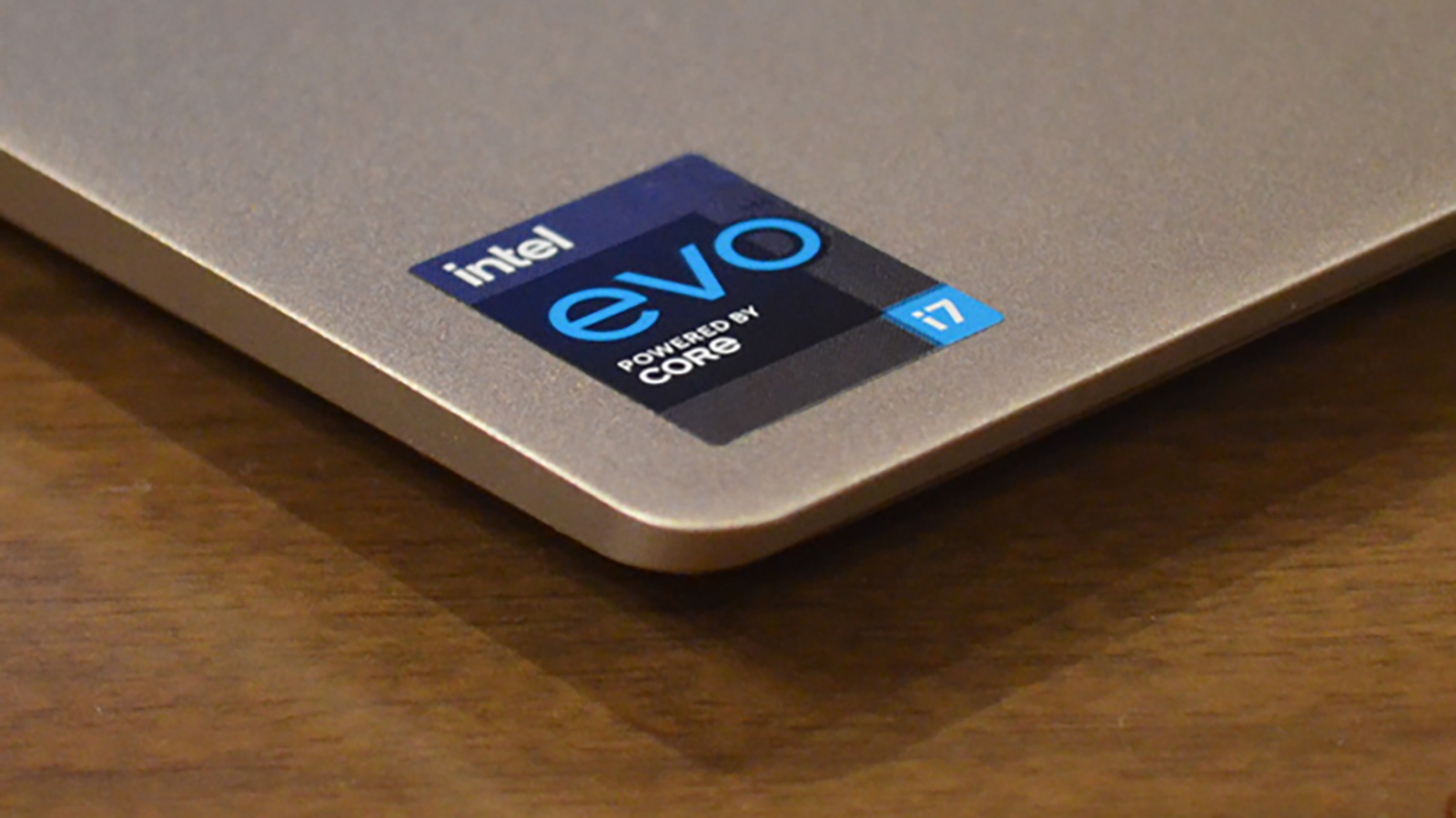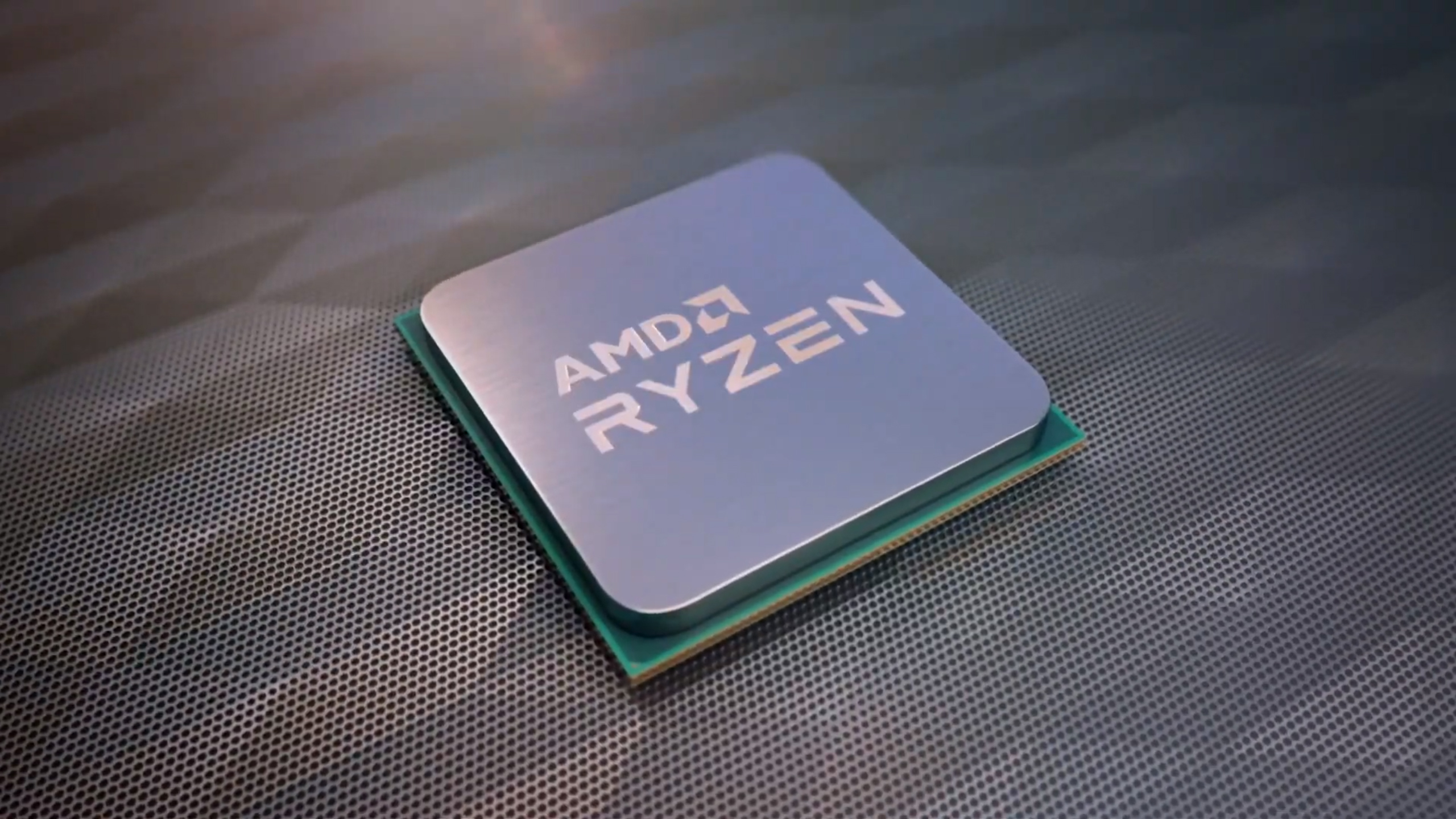How battery life could be the major mobile computing fight of 2021
Intel, AMD, Apple, and Microsoft battle over battery life

When it comes to mobile computing, battery life is one of the most important - if not the most important - consideration for most customers. Back when even the most top-of-the-line laptops could barely make it through a flight from New York to LA, fights over longevity were really a game of inches and incremental progress - but that has changed dramatically in recent years.
Now, it's perfectly normal to see an Ultrabook squeeze out a full workday untethered from an outlet and even the most powerful gaming laptops can still get you a couple hours in performance mode – and that was before the growing interest in pulling ARM-based CPU's out of high efficiency mobile devices and developing ARM chips for consumer laptops.
With the introduction of the Apple M1 chip and Microsoft's recent announcement that it would be moving away from Intel silicon and developing its own ARM processors, Intel and AMD now have an unexpected fight on their hands - and this time not just with each other.
AMD mobile APUs haven't been necessarily known for their power efficiency in the past, but their latest AMD Renoir mobile CPUs were definitely a noticeable improvement over earlier generations and with AMD Cezanne mobile CPUs on the horizon, they're looking to get even more efficient.
Intel, meanwhile, introduced its Intel Evo platform this year, a collaboration with laptop makers to better streamline a laptop's hardware to improve overall performance, but also to boost energy efficiency, with Intel-certified laptops expected to see noticeably longer battery life as a result.
While there will always be a market for the most powerful processors available, energy efficiency be damned, the explosive growth in laptop ownership points to a future computing market that is increasingly mobile and not necessarily more powerful.
A 16-core CPU might be a performance powerhouse, but when most computer users rarely leverage the full performance potential of the machine in their day to day use, how long that laptop can get them through their day is becoming a much more important factor in the consumer's buying decision - forcing chip makers to adjust their focus away from performance alone.
Get daily insight, inspiration and deals in your inbox
Sign up for breaking news, reviews, opinion, top tech deals, and more.

ARM-based CPUs are reaching parity with Intel and AMD
ARM-based CPUs have long been preferred for mobile devices like smartphones and tablets for their low power draw. The simplicity of the CPU's instruction set - among other factors – help it to achieve a decent amount of computing power at a much lower energy cost when compared to more powerful Intel or AMD processors.
Until recently, that relative simplicity kept ARM-processors from achieving the kind of performance that Intel and AMD was able to achieve, so laptop makers opted for the latter's processors to be able to meet customers expectations for responsiveness and computing power.
But ARM processors have been evolving just as much as AMD and Intel's have. While we aren't likely to see ARM-based chips in gaming PCs or laptops anytime soon, for your typical Ultrabook user who needs to do some light-to-medium computing work, web browsing, and video streaming, ARM processors have been on the cusp of meeting that need for a while now – and it threatens to upend the mobile computing market in a huge way in the next few years.
Already, Apple has introduced – and Microsoft has announced – significant moves away from Intel and AMD and towards their own ARM-based processors. Nvidia announced they were acquiring ARM from Softbank for $40 billion – subject to regulatory approval, of course - back in September and that it intends to keep ARM's open-licensing model for its CPUs.
With the additional industry muscle provided by Nvidia, will ARM significantly reshape what consumers expect from a laptop? Almost certainly, and Intel and AMD will need to adjust in a big way.

Apple's M1 chip changes the game entirely
The biggest drawback for an ARM-powered laptop was its inability to keep up with consumer performance demands and the lack of compatibility for some flagship software products like Adobe Photoshop.
With the launch of the Apple M1 chip, it's a whole different world now. While there will undoubtedly be issues with Apple's new silicon as it starts to roll out - this is still the first-generation, after all – what we've seen already from the MacBook Air, 13-inch MacBook Pro, and Mac Mini is impressive.
With Apple's Rosetta software able to translate legacy macOS apps onto the new ARM architecture and have them run as fast - or even faster - than those apps ran on previous-generation, Intel-powered MacBooks, the built-in advantage that Intel and AMD had from their superior performance will soon be gone.
Meanwhile, the 13-inch MacBook Pro powered by the new M1 chip put in a little over 13 hours of battery life on a single charge, which is just shy of five hours longer than the Intel version of the same laptop released earlier this year.
While Windows-on-ARM is still not competitive with Windows on an Intel or AMD laptop right now, Microsoft's investment in ARM for their data centers and for their Surface line of products points to a future where Windows-on-ARM has the investment and development necessary to achieve something along the lines of what Apple has done, now that it has proven it's possible.
We've already seen that Windows-on-ARM systems can put in some impressive battery life. Earlier this year, the Lenovo Flex 5G was able to get an average of 29 hours off a single charge. Had its performance been at least decent (and if it didn't have a host of compatibility issues), it would be impossible not to recommend it for people who like to do their computing away from home. And while it definitely isn't the Windows-on-ARM system that finally breaks out in a big way, such a laptop is all but inevitable.
This points to a mobile computing landscape where the two operating systems that run nearly every consumer laptop in the world are going to be untethered from the Intel-AMD duopoly. With MacBooks and Surface Pro devices running on ARM processors performing just as well as their Intel and AMD counterparts for most users, ARM's inherent advantage - energy efficiency - is going to be driving the conversation going forward.

Intel and AMD are already starting to pivot towards energy efficiency
One of the biggest challenges for Intel and AMD right now is that the foundational design decisions that makes them the most powerful consumer processors around also requires more energy to operate.
Things like pre-decoding instructions and caching take more energy and are integral to Intel and AMD's chip architecture, making it the hardest part of the hardware to change after so much has been built up around it.
In their fight for faster clock speeds and better performance, Intel and AMD have painted themselves into a architectural corner that is going to be extremely difficult to work their way out off. As is often the case between two bitter rivals, sometimes the intensity of their fight can leave them woefully unprepared when another combatant enters the ring.
Fortunately for Intel and AMD, they haven't been caught completely flat-footed. In 2014, AMD announced it had set a goal of making its mobile processers 25 times more energy efficient than their 2014 baseline. This year, AMD claims to have achieved that goal with a 31-fold improvement in efficiency.
This year also saw Intel introduce Intel Evo, a collaboration between Intel and various laptop manufacturers that promises to significantly boost energy efficiency of Intel-powered laptops by better streamlining all of the hardware in the laptop, not just the CPU.
"Working with our OEM partners, Intel remains committed to delivering leadership performance and an uncompromised experience with great battery life," Josh Newman, vice president and general manager of Mobile Innovation, Client Computing Group for Intel, told us. "Intel Evo platforms are verified for 9 or more hours of real-world battery life on systems with FHD displays and evaluated under strenuous testing conditions."

So far, with the Dell XPS 13 and Lenovo Yoga 9i released at the end of this year with the new Intel Evo-certification, we can already get a sense of Intel's new platform in action, and the results are impressive with a significant increase in battery performance without sacrificing much in the way of power.
And as much as the Flex 5G can crow about its battery life, once you start to add the kind of hardware you need to improve its performance to an acceptable level, that longevity is going to take a commensurate hit. Even the M1 could only improve the MacBook Pro's battery life by five hours – it didn't double it and it very likely won't anytime soon.
We asked Newman if Intel Evo was a response, either directly or indirectly, to the kind of competition it is seeing now from Apple's M1 chip and other ARM-based processors: "Project Athena addresses more than the CPU," he said, using Intel Evo's production codename. "The importance of the entire PC platform cannot be understated.
"We believe a better characterization is that Intel Evo platform brand signals the very best laptops for getting things done. They are based on 11th Gen Intel Core processors with Intel Iris Xe graphics and have been co-engineered and verified to deliver the performance, responsiveness and real-world battery life that people want in a laptop."
It looks like Intel Evo is going to be a big part of Intel's mobile computing strategy for the foreseeable future. Just this month, Intel announced the latest addition to Intel Evo: Clover Falls, an AI-powered, low-energy co-processor chip that would take on some of the responsibilities once left to the more power-hungry CPU with the goal of reducing energy use and boosting battery life.
Even though AMD hasn't announced anything of the scale of Intel Evo, that doesn't mean it isn't making strides in the area of efficiency. In addition to blowing past their own goals for efficient mobile processors by a significant margin this year, we should see the debut of AMD's new Cezanne mobile CPUs early in 2021.
Said to be built with AMD's Zen 3 architecture with RDNA2, the new mobile processors from AMD seem to skewed more towards performance than efficiency. By early 2022, we expect to see AMD release a Ryzen 5000-U-series of high-efficiency processors based on a 6nm design, which should be more than capable of further improving their efficiency.
While Apple and Microsoft are making some important moves, Intel and AMD aren't in danger of being dethroned - at least not entirely. Still, the two chip makers don't have much choice but to innovate more efficient systems, especially as ARM-based systems become more competitive with the general public. This alone will go a long way toward keeping Intel and AMD on their toes, which can only be a good thing for customers in 2021 and beyond.
- Here are the best processors

John (He/Him) is the Components Editor here at TechRadar and he is also a programmer, gamer, activist, and Brooklyn College alum currently living in Brooklyn, NY.
Named by the CTA as a CES 2020 Media Trailblazer for his science and technology reporting, John specializes in all areas of computer science, including industry news, hardware reviews, PC gaming, as well as general science writing and the social impact of the tech industry.
You can find him online on Bluesky @johnloeffler.bsky.social